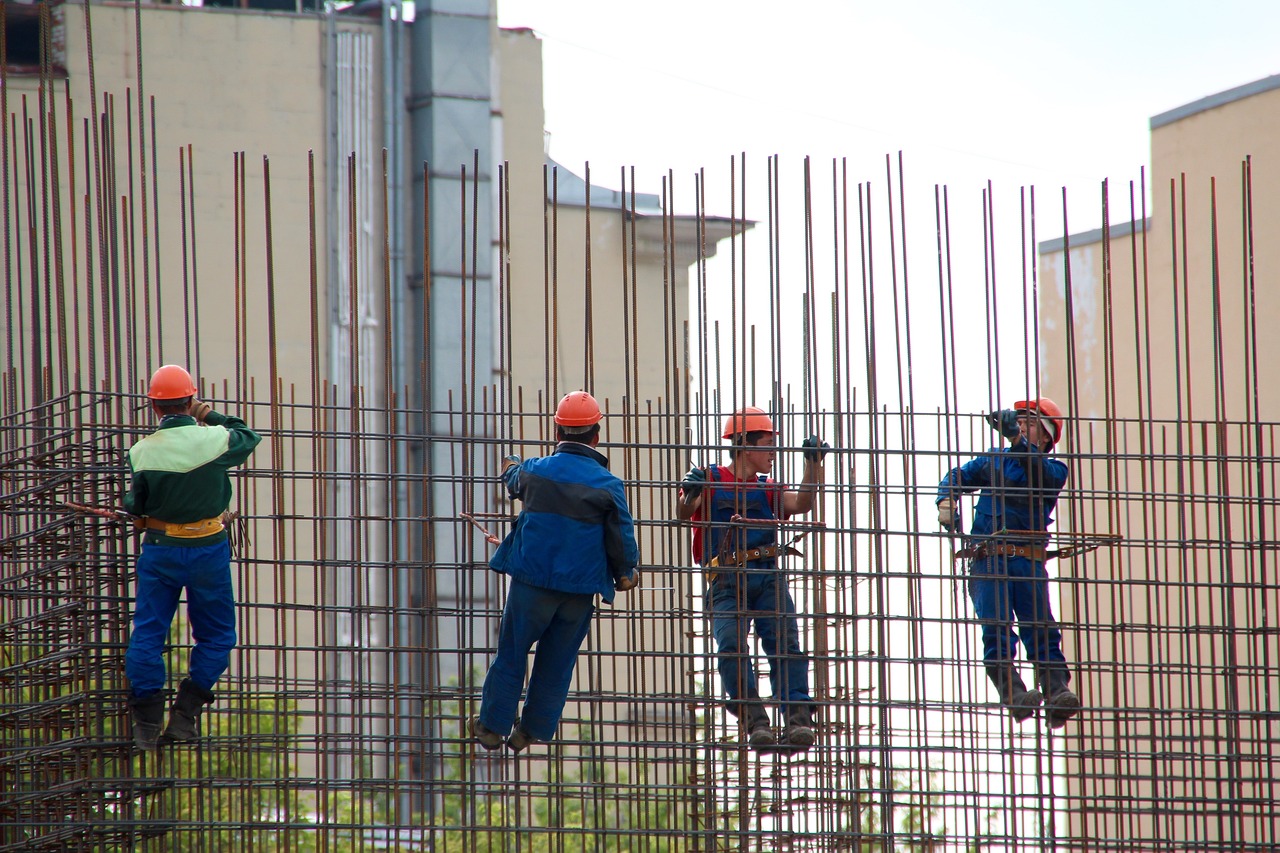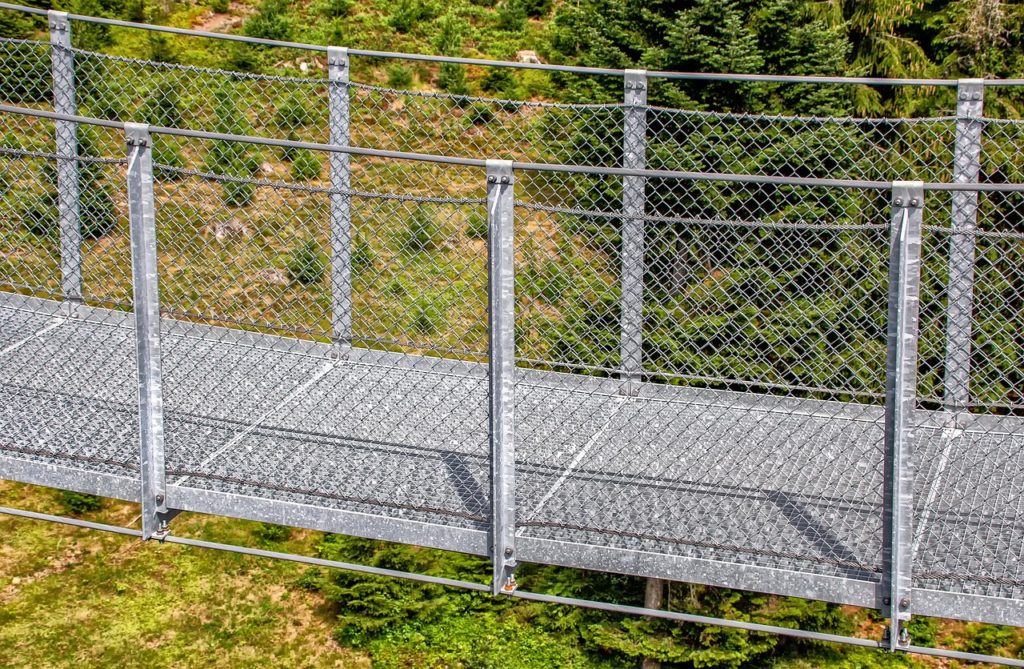Structural steel is used for bridges because it is strong, lightweight, and durable. It also can span large distances with minimal support beams. Other than these, structural steel offers many benefits, making it efficient for bridges.
Its other benefits include being resistant to corrosion and requiring little maintenance. Structural steel is also cost-effective and customizable to meet various bridge design requirements. Remember that these are imperative as bridges should withstand the elements over a long time without needing extensive repairs.
So what is structural steel?

Structural steel is an in-demand steel type for making construction materials in various shapes. Often, structural steel elongated beams have a profile of a specific cross-section. Moreover, in most industrialized countries, authorities regulate the standards of design and engineering qualities of structural steel.
Manufacturing structural steel involves welding, cutting, forming, and machining. Raw steel materials are formed into different shapes by rolling or pressing and then welded together. Welding usually involves heat or an electric arc to melt metal pieces together. Cutting is performed with saws, lasers, and other tools designed to cut steel material. Finally, tools such as hammers, presses, and rollers form steel into different shapes. Once the desired shape or profile has been achieved, it can be machined and treated with various coatings as required by the customer.
The manufacturing process of structural steel ensures that the end product is solid and durable. The strength of structural steel comes from its chemical composition, which is customizable to specific applications. Aside from being highly corrosion-resistant and low maintenance, structural steel has a long lifespan.
Overall, structural steel is an integral component of many construction projects. Its versatility and strength have earned its place and made it suitable for use in diverse applications, from building bridges to large office towers. With its low maintenance requirements and long lifespan, structural steel provides cost-effectiveness and peace of mind for those involved in the construction industry.
Advantages of using structural steel
Structural steel has several advantages over other types of steel, making it the ideal choice for many construction projects like bridges. Here are five reasons why many prefer using structural steel:
Strength: Structural steel is solid and durable, making it perfect for creating structures that bear considerable weight. It is also resistant to wear and tear. Thus, it is ideal for applications with extreme temperatures or conditions.
Cost-effectiveness: The cost of structural steel is usually lower than other types of steel, so it is more cost-effective for a construction project.
Versatility: Structural steel can be formed into different shapes and sizes, making it versatile for many construction and manufacturing projects.
Durability: Structural steel is corrosion-resistant and weatherproof, so it is ideal for outdoor structures that can withstand extreme weather conditions. Learn how long is the service life of a steel structure.
Safety: Structural steel is incredibly stout, so it is perfect to create safe structures that are unlikely to collapse or suffer damage during extreme conditions. In addition, structural steel beams provide extra support and stability, which can help to reduce the risk of structural failure.

